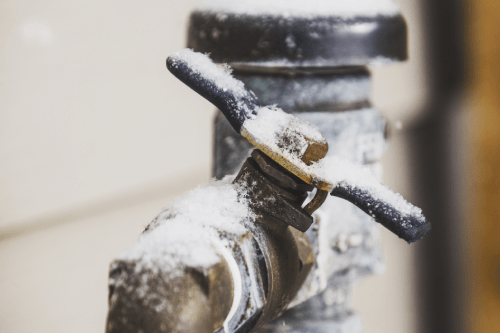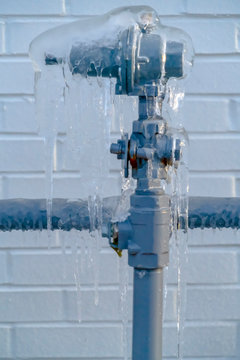Guidance for Avoiding Frozen Plumbing in Cold Weather: Specialist Insights
Guidance for Avoiding Frozen Plumbing in Cold Weather: Specialist Insights
Blog Article
What're your opinions about How To Avoid Freezing Pipes?

Winter can damage your plumbing, specifically by freezing pipes. Here's exactly how to prevent it from taking place and what to do if it does.
Intro
As temperature levels decrease, the threat of frozen pipelines increases, possibly resulting in expensive repair services and water damage. Comprehending how to prevent frozen pipelines is crucial for home owners in cold environments.
Recognizing Frozen Pipes
What creates pipelines to ice up?
Pipelines ice up when revealed to temperature levels listed below 32 ° F (0 ° C) for extended periods. As water inside the pipelines freezes, it broadens, putting pressure on the pipe walls and possibly causing them to rupture.
Risks and damages
Icy pipes can result in water system interruptions, building damage, and expensive fixings. Ruptured pipes can flood homes and create considerable architectural damage.
Signs of Frozen Water Lines
Recognizing icy pipelines early can prevent them from rupturing.
Just how to identify icy pipes
Seek decreased water circulation from faucets, unusual odors or sounds from pipes, and visible frost on subjected pipes.
Prevention Tips
Protecting susceptible pipelines
Cover pipelines in insulation sleeves or use warmth tape to secure them from freezing temperatures. Concentrate on pipes in unheated or external areas of the home.
Heating methods
Maintain indoor areas properly heated up, particularly locations with pipes. Open up closet doors to permit cozy air to flow around pipelines under sinks.
Securing Outside Plumbing
Garden hose pipes and exterior taps
Separate and drain yard tubes before winter. Mount frost-proof faucets or cover outdoor taps with shielded caps.
What to Do If Your Pipes Freeze
Immediate activities to take
If you think frozen pipelines, maintain faucets open up to soothe stress as the ice thaws. Utilize a hairdryer or towels taken in warm water to thaw pipelines gradually.
Long-Term Solutions
Structural adjustments
Consider rerouting pipes far from outside walls or unheated areas. Add extra insulation to attics, cellars, and crawl spaces.
Upgrading insulation
Buy top quality insulation for pipelines, attics, and walls. Proper insulation aids keep constant temperatures and reduces the risk of frozen pipes.
Conclusion
Protecting against frozen pipes calls for aggressive procedures and quick actions. By understanding the causes, signs, and safety nets, homeowners can protect their pipes during cold weather.
5 Ways to Prevent Frozen Pipes
Drain Outdoor Faucets and Disconnect Hoses
First, close the shut-off valve that controls the flow of water in the pipe to your outdoor faucet. Then, head outside to disconnect and drain your hose and open the outdoor faucet to allow the water to completely drain out of the line. Turn off the faucet when done. Finally, head back to the shut-off valve and drain the remaining water inside the pipe into a bucket or container. Additionally, if you have a home irrigation system, you should consider hiring an expert to clear the system of water each year.
Insulate Pipes
One of the best and most cost-effective methods for preventing frozen water pipes is to wrap your pipes with insulation. This is especially important for areas in your home that aren’t exposed to heat, such as an attic. We suggest using foam sleeves, which can typically be found at your local hardware store.
Keep Heat Running at 65
Your pipes are located inside your walls, and the temperature there is much colder than the rest of the house. To prevent your pipes from freezing, The Insurance Information Institute suggests that you keep your home heated to at least 65 degrees, even when traveling. You may want to invest in smart devices that can keep an eye on the temperature in your home while you’re away.
Leave Water Dripping
Moving water — even a small trickle — can prevent ice from forming inside your pipes. When freezing temps are imminent, start a drip of water from all faucets that serve exposed pipes. Leaving a few faucets running will also help relieve pressure inside the pipes and help prevent a rupture if the water inside freezes.
Open Cupboard Doors
Warm your kitchen and bathroom pipes by opening cupboards and vanities. You should also leave your interior doors ajar to help warm air circulate evenly throughout your home.

Hopefully you enjoyed our section on Prevent Frozen Pipes . Thank you for spending some time to read our posting. In case you appreciated our blog posting if you please be sure to pass it around. Thank you for going through it.
Suggested Site Report this page